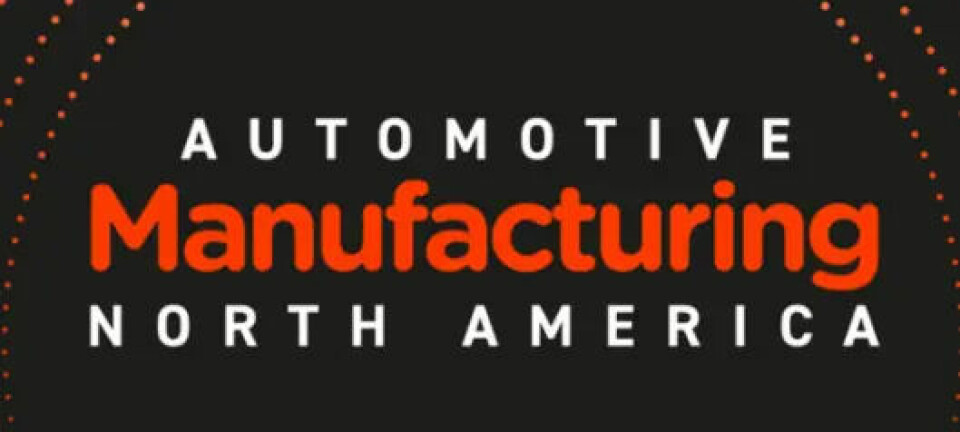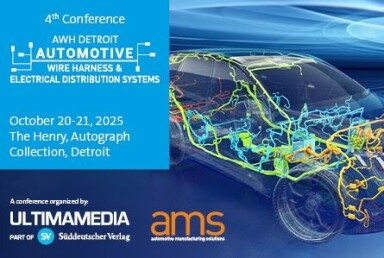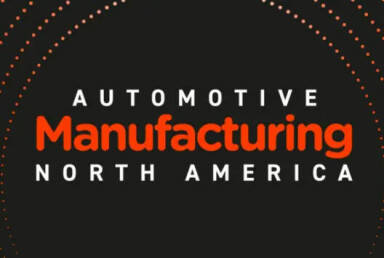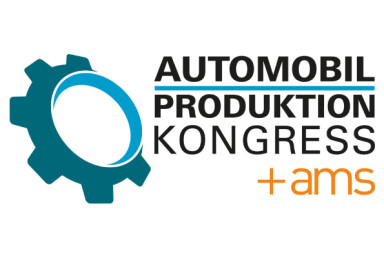Ford $5bn US focus
Ford reshapes EV manufacturing with new platform
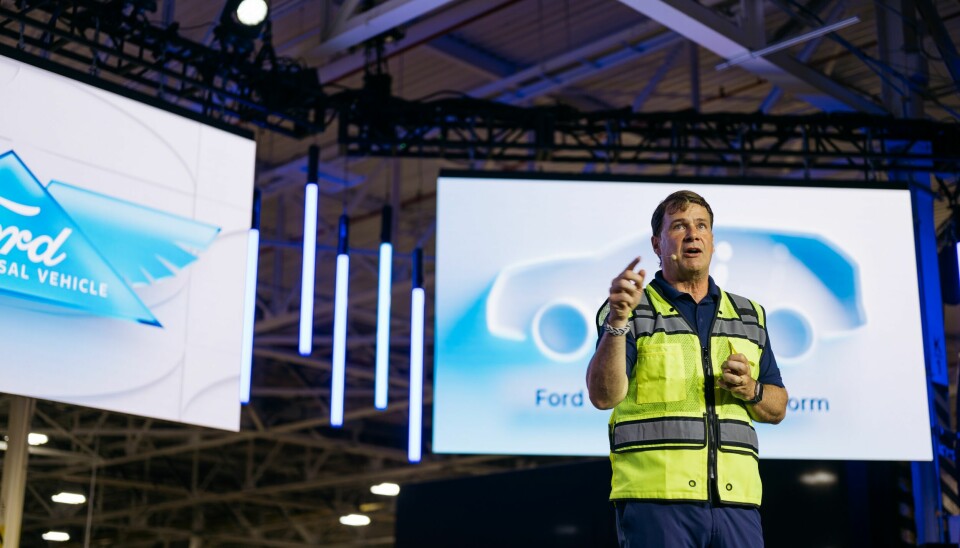
Ford has committed $5 billion to its Universal EV Platform and Production System, overhauling production at Louisville and BlueOval Battery Park Michigan. The new approach introduces parallel assembly, structural batteries, supplier integration and workforce transition.
Ford has unveiled its new Universal EV Platform and Universal EV Production System, both designed to streamline electric vehicle production while boosting domestic manufacturing. The platform and assembly process are being implemented as part of a $5 billion total investment across two US sites.
According to Ford, $2 billion is new investment committed to upgrading the Louisville Assembly Plant in Kentucky. The remainder, $3 billion, was previously announced for BlueOval Battery Park Michigan, where Ford is preparing to produce advanced lithium iron phosphate (LFP) batteries. The company emphasised that BlueOval Battery Park Michigan is a wholly owned Ford facility, distinct from the BlueOval SK joint venture plants in Kentucky and Tennessee, which produce nickel cobalt manganese (NCM) batteries through a partnership with SK On.
Innovating EV engineering and production
The Universal EV Platform, developed by a dedicated “skunkworks” team, supports a modular, software-defined architecture that will underpin a new family of Ford EVs. The design allows for over-the-air updates, greater efficiency and scalability across multiple body styles.
According to Ford, the platform reduces parts by 20% compared to a typical vehicle, uses 25% fewer fasteners and integrates large unicastings to simplify front and rear sub-assemblies. The wiring harness is 1.3km shorter and 10kg lighter than that of Ford’s first-generation electric SUV.
The first model on the new platform will be a midsize, four-door electric pickup, scheduled for launch in 2027. Ford reports that this pickup will be built at the Louisville Assembly Plant, which is undergoing a 52,000 sq ft expansion and receiving a digital infrastructure upgrade to accommodate the new production system.
Ford’s Universal EV Production System introduces an “assembly tree” layout that replaces the traditional linear assembly line. Three sub-assemblies, the front, rear and middle section (which includes the battery as a structural component), are built in parallel and then joined together.
The system reduces the number of dock-to-dock workstations by 40% and improves ergonomics by delivering parts in pre-kitted modules with all required tools. Ford expects the new approach to cut total production time by up to 40%, with a net improvement of 15% after reinvesting some of that time into quality and automation.
“We live and breathe continuous improvement, but sometimes you need a dramatic leap forward,” said Bryce Currie, Ford vice president, Americas manufacturing. “We expect ergonomic breakthroughs and complexity reduction – through the elimination of parts, connectors and wiring – to deliver significant quality and cost wins.”
Localised battery production
Ford’s new electric pickup will use prismatic LFP batteries that are both nickel- and cobalt-free. Starting next year, these batteries will be manufactured at BlueOval Battery Park Michigan. The batteries will also serve as a structural component, forming the floor of the vehicle’s centre section and contributing to space efficiency and a lower centre of gravity.
Ford expects this investment will create or secure nearly 4,000 direct jobs while strengthening its domestic supply chain with dozens of new US-based suppliers.
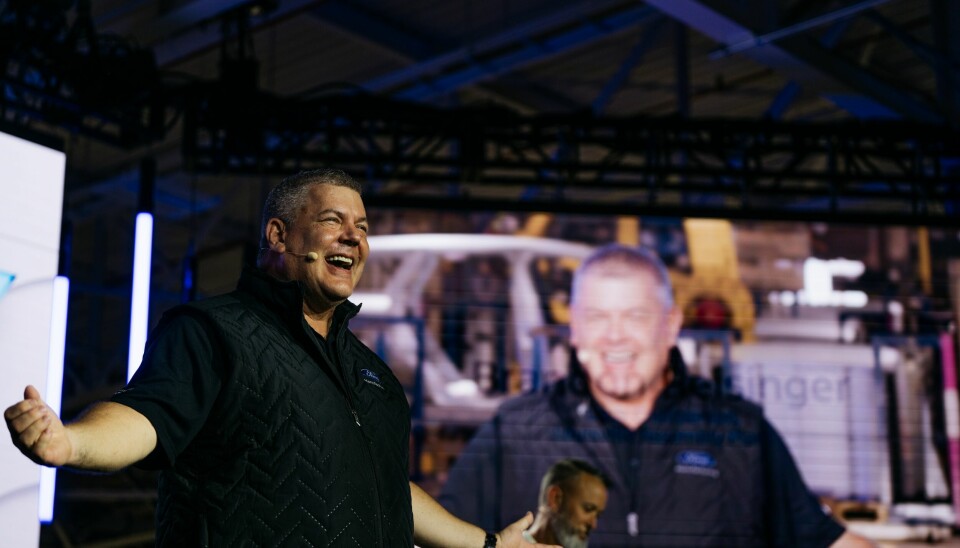
“We found a path to be the first automaker to make prismatic LFP batteries in the US,” said Jim Farley, president and CEO of Ford. “This had to be a strong, sustainable and profitable business.”
How Ford is transforming both operations and the workforce
Ford stated that the Universal EV Production System requires a new set of skills and operating practices on the shopfloor. The company has launched training programmes at Louisville to upskill employees in automation, digital quality management and module-based assembly. Rather than reducing headcount, Ford emphasised that the transition will reassign workers to higher-value roles in system oversight, robotics operation and data-driven process control.
The automaker said that the shift to parallel sub-assemblies would necessarily reshape in-plant logistics. Pre-kitted modules are delivered to workstations with integrated tools, reducing walking distance and minimising manual handling. This change is expected to improve ergonomics while cutting assembly errors, with early pilot runs showing a measurable reduction in rework.
Ford also indicated that it is working closely with suppliers to synchronise deliveries with the new assembly tree layout. This includes establishing new packaging standards and sequencing methods to ensure modules arrive in line with the new build structure.
According to the OEM, these changes will help lower total manufacturing costs, increase flexibility across model variants and create a more resilient domestic supply chain.
It's been noticed that Ford’s assembly tree system represents one of the most significant rethinks of mass vehicle production since Toyota’s lean manufacturing principles in the late 20th century. While Tesla has advanced gigacasting to simplify large sub-structures, Ford is extending the concept by integrating structural batteries and building multiple sections in parallel.
The approach underlines a growing divergence in how carmakers seek to balance cost, quality and scale in EV production, with Ford positioning its system as both a competitive response to low-cost Chinese manufacturers and a modernisation of American automotive manufacturing.



